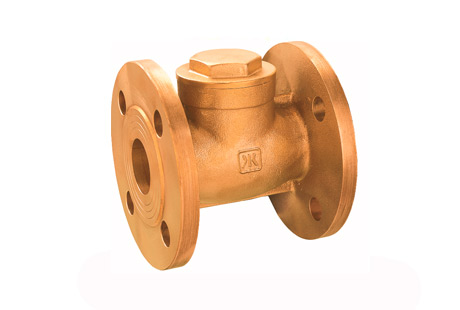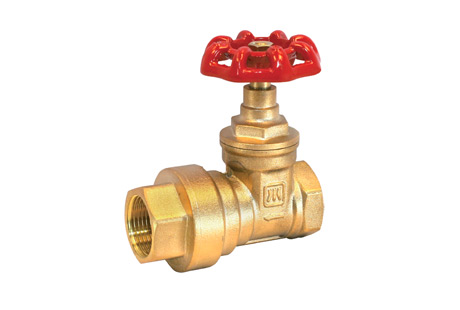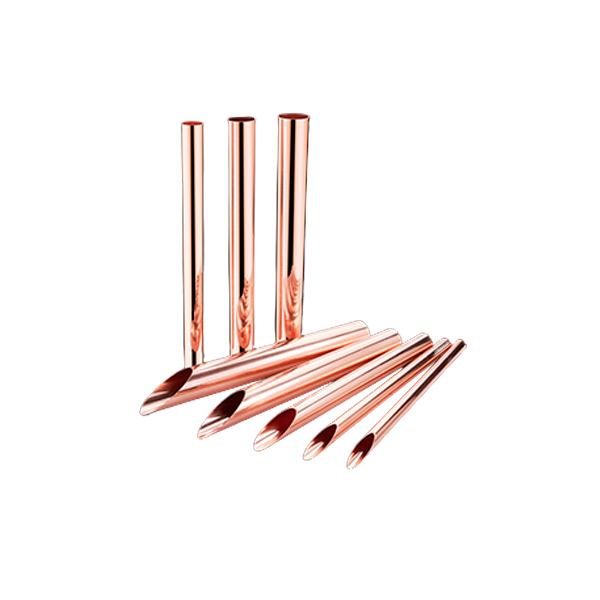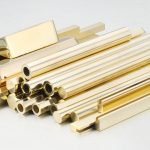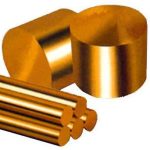When it comes to copper, everyone must be familiar with it. But many people don't know that copper and copper alloys are not only ubiquitous in our daily life, but also important basic materials for national economic construction and high-tech development.
Ⅰ. Application of high-performance copper alloy materials in the automotive field
According to statistics from authoritative organizations, 23 kg of copper is used for internal combustion engines of traditional vehicles, 40 kg for hybrid electric vehicles, 60 kg for plug-in hybrid electric vehicles, and 83 kg for electric vehicles. It can be seen that with the continuous development of new energy vehicles, the demand for copper in the automotive industry will increase.
In addition, the charging industry supporting electric vehicles also has a strong demand for copper. The main power equipment of the charging station is power cables and transformers, in addition to circuit breakers, fuses, various switches, connectors, etc.; the main copper components of the charging pile include charging cables, charger modules, connectors and various switches.
Ⅱ. High-performance copper alloy materials used in the automotive industry include:
1. Complex brass:
Used in structural friction parts such as synchronous gear rings in automobiles. Synchronizers are key components between the transmission gears on the input and output shafts of automobile transmissions. Waiting for the gears to reach synchronization and then meshing with each other, so that the shifting operation is smooth and convenient. Its performance requirements: good wear resistance; stable friction coefficient; excellent mechanical properties; no wear on the dual cone surface; good oil compatibility; good heat resistance/thermal conductivity; easy processing and low cost.
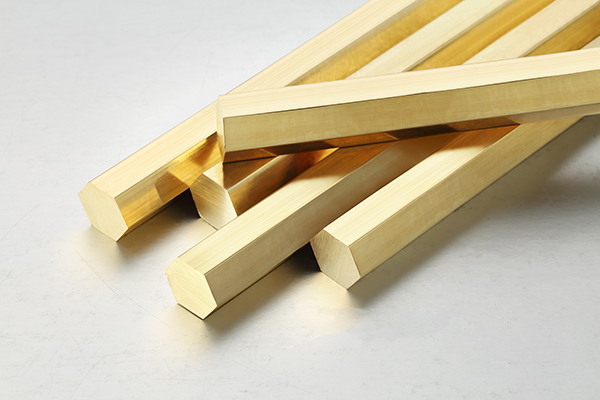
2. Dispersion strengthened copper:
Resistance welding combines the workpieces and applies pressure through the electrodes, and uses the resistance heat generated by the current passing through the contact surface of the joint and the adjacent area to perform welding. Each car body has about 4000-6000 resistance solder joints.
The requirements for resistance welding electrode materials are: sufficient high temperature hardness and strength; high oxidation resistance and low tendency to form various types of copper alloy with weldment materials; suitable electrical and thermal conductivity at room temperature and high temperature; good processing performance. Dispersion strengthened copper alloy (DSC) is a high strength, high conductivity and high thermal stability copper alloy with the best comprehensive physical and mechanical properties.
Compared with the traditional internal oxidation process, this new short-process production process introduces the original "reaction synthesis" new technology, and uses a new type of oxygen source for "reaction synthesis" treatment to ensure complete reaction and obtain pure nano γ-Al2O3 particles; eliminate The "internal oxidation method" is introduced into the impurity phase of the solid oxygen source.
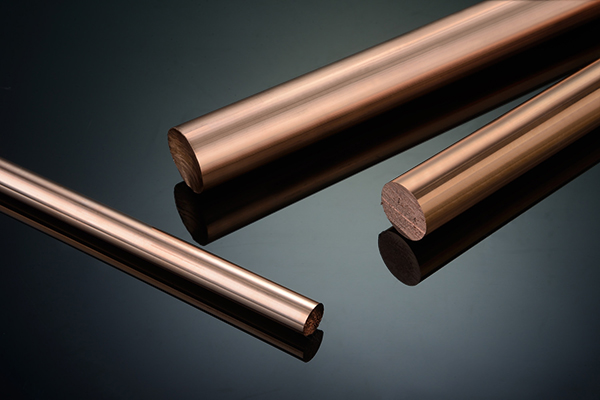
3. Copper-chromium series:
Typical age-strengthened alloys, the bcc structure chromium phase is the main strengthening phase of the alloy, which has high electrical conductivity, good strength and good stress relaxation resistance. Countries around the world have successively carried out theoretical and industrial research on Cu-Cr alloys.
Bending forming and mechanical property control technology of copper-chromium alloys. The strengthening mechanism of copper-chromium alloys mainly depends on aging strengthening and work hardening. Reasonable matching of strengthening methods will facilitate the regulation of bending forming and strength.
Zirconium element substitution technology, according to the application occasion, comprehensively investigates the influence of the synergistic effect of alloying elements on the comprehensive properties of copper-chromium alloys, and selects reasonable substitution elements.
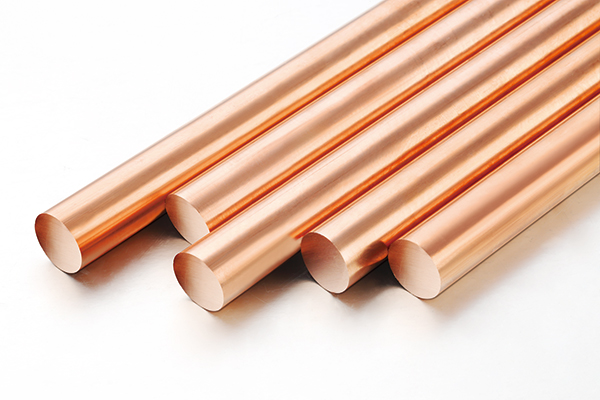
High-performance copper alloy materials are widely used in the heat dissipation system, electronic power system, braking system and hydraulic system of automobiles. They are the key basic raw materials for important components of automobiles. The automobile industry has become one of the important application fields of copper alloy materials; With the development of automobiles towards electrification and intelligence, higher requirements are put forward for the comprehensive performance of copper alloy materials.
In view of the cost of materials and the immobilization of vehicle materials, the current materials for automotive components are mainly brass, bronze and some C70250 alloys. The promotion and use of high-performance copper alloys requires the joint efforts of the industry-university-research-use parties to jointly promote the development of the automotive industry and the copper processing industry in a high-end direction.
The high-end copper alloy rods, strips, tinned copper busbar, copper wires and other products produced by Jintian Copper are widely used in the automotive field. In addition, Jintian Copper can also provide high-performance electromagnetic wire, NdFeB magnetic materials and other products, focusing on supporting new energy vehicle drive motor components. It is one of the few high-end manufacturing companies in the market that can provide one-stop procurement services for new energy vehicle copper and copper alloy raw materials.

 English
English 日本語
日本語 한국어
한국어 français
français Deutsch
Deutsch Español
Español italiano
italiano العربية
العربية tiếng việt
tiếng việt Türkçe
Türkçe ไทย
ไทย 中文
中文



